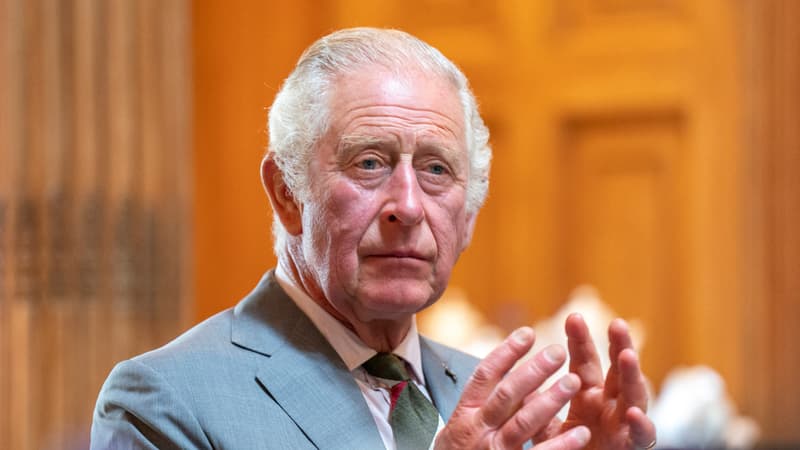King Charles III has at his disposal a rosary of palaces and estates scattered throughout the United Kingdom to which he is attached. But he now he must live in function of it and the residences that accompany it.
After the death of Queen Elizabeth II on September 8, her eldest son will have to take over the residences, official and private, of the former sovereign. And leave some of his to his heir.
Buckingham palace
If Clarence House has been Charles’s London home since 2003, the new king will have to move 400 meters away, to Buckingham Palace, the sovereign’s official London residence and administrative seat of the monarchy. He will also take command of Windsor Castle, the Palace of Holyroodhouse in Edinburgh, the sovereign’s official residence in Scotland, and Hillsborough Castle, his equivalent in Northern Ireland.
Charles inherits other properties, such as Balmoral in the Scottish countryside, where the royal family like to spend their summers (and where the Queen passed away on Thursday), and Sandringham in the eastern county of Norfolk, where the Queen traditionally spent Christmas. . There has always been a reluctance to move to Buckingham Palace: the sovereign must give his life before, in his often warmer home.
Charles had moved to Clarence House in 2003 after the death of his grandmother, the “Queen Mum”. His departure for Buckingham Palace also means “inevitable” redundancies of Clarence House staff, management said on Wednesday. His heir William has just moved with Kate to an estate in Windsor, seeking more freedom for his three children than in central London, where his official residence has so far been Kensington Palace.
Highgrove, the true resignation
The most terrible loss for King Charles will undoubtedly be Highgrove, which he acquired in 1980. The residence, in the south-west of England, perfectly embodied his commitment to the environment. But it belongs to the Duchy of Cornwall, which provides an annuity to the heir to the Crown, now William.
While searching for a private home, Charles, then only Prince of Wales, had settled in Gloucestershire, not far from Wales. Built in 1798, the three-story neoclassical Georgian rectangular building has been completely remodeled to be in keeping with Charles’s green spirit.
More than 30,000 people visit its gardens each year and come to be inspired by the biological inventions of the green-fingered king. This garden was his refuge, a work in perpetual evolution. It was not uncommon to see Charles spend his afternoons weeding, pruning or trimming hedges. The wastewater from the house is filtered through a system made of a bed of reeds.
“I would be terribly sad” if he left Highgrove, he confided in 2010 to the BBC. “Everything I’ve done here… is almost my son. Every tree, everything here has a meaning and bears the mark of the place.”
Welsh and Scottish mansions
The Duchy of Cornwall also acquired Llwynywermod in South Wales in 2006, again renovated to Charles’s green tastes. Charles inherited Birkhall, on the Balmoral estate, from his grandmother. He was confined there, with Camilla, during the first wave of the Covid-19 pandemic.
Houses in Dracula
Being a distant descendant of Vlad the Impaler, who inspired the character of Dracula, Charles in 2006 bought on his own 18th-century houses in the Transylvania region of Romania and transformed them into foster homes compatible with sustainable development.
The King also took significant financial risk by spearheading a consortium that bought Scotland’s Dumfries House in 2007, a lavish estate dating from the 1750s. The idea was to turn it into a museum so that the venue could be financially self-sufficient and revive the local economy. This is where he spent his last night as a prince, before he became king.
Source: BFM TV


